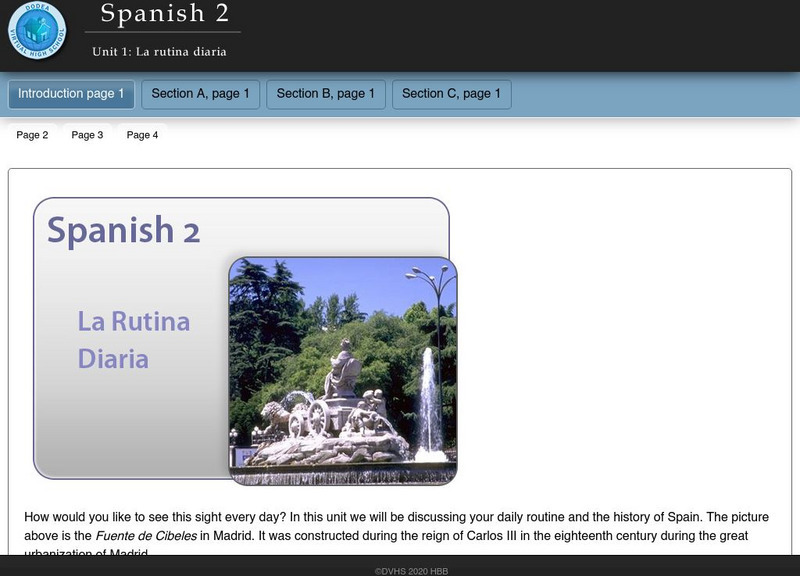Curated OER
Slithering "S"
Learners identify the grapheme and phoneme for S. They practice writing the letter S and through listening activities, discriminate the phoneme /s/. They associate the phoneme /s/ with its letter representation and identify it as the...
Curated OER
Icky Fingers
Students are introduced to digraphs so they can match letters to their phonemes. They recognize the short vowel i=/i/ in both spoken and written words by practicing reading and spelling words containing /i/. Elkonin Letter Boxes are...
Curated OER
Shiny Shoes
First graders identify the digraph /sh/ in written and spoken language. After a brief discussion of the independent and combined sounds of the phonemes /s/ and /h/ students practice identifying initial and final placement of the new...
Curated OER
Pink Puffy Pig
Pupils participate in an emergent literacy instructional activity based upon the skill of phonemic awareness. They recognize the grapheme p in text, hear the phoneme /p/ in spoken words, and write the upper and lower case form of p by my...
Curated OER
Gulp, Gulp, Gulp!
Young scholars recognize the grapheme g in its upper and lower case form. They produce the corresponding sound for the letter g. Students go over what shape your mouth makes and how the back of your throat moves when making the sound for g.
Curated OER
"Mmmm... Yummy to My Tummy!"
Students answer a series of question about different letter sounds. They verbally practice the sounds of each letter following set responses. They write the different letters and find words that start with that letter.
Curated OER
Uhh I don't know!
Students engage in an emergent literacy lesson plan in order to work on the skill of phonem ic awareness. The use of flashcards is essential for the instruction of the lesson plan. Students match the card with its beginning phoneme.
Curated OER
Wash Your Hands...they are icky sticky!
Students engage in an emergent literacy lesson that focuses on phonemic awareness and they practice corresponding the letter "i" to its long or short sound. This type of recognition has been found to be essential to reading development.
Curated OER
"Aaaaaaa...a Fast Crab! "
Students participate in an emergent literacy lesson that focuses on the skill of phonemic awareness. The phoneme chosen is the letter "a". They need to correlate the sound to the letter.
Curated OER
Eddie the Elephant
Students need to practice sight words to become proficient readers. So it is very important for children to learn common correspondences. The phoneme for the letter "e" is practiced in this lesson.
Curated OER
"Ehh?" Says Grandpa Edward"
Students engage in an emergent literacy instructional activity that focuses on phonemic awareness. This lesson plan helps students to identify the correspondence e=/e/ by recognizing the sound of an elderly person ¿¿¿eh?¿¿¿...
Curated OER
Emergent Literacy Design: Precious Pigs
Students develop grapheme-phoneme awareness. They become more fluent with the letter p and its sound and practice writing the letter p which is extremely important in making the grapheme-phoneme correspondence. They read the book If You...
Curated OER
The Icky Sticky Igloo
Learners focus on the correspondence i=/i/. They explore the sound and spelling of /i/ and discover vowels are used to spell all words in our vocabulary, so therefore it is important for students to understand the phoneme and grapheme of...
Curated OER
A Little Alliteration
In this poetry lesson plan, young scholars listen to stories that contain alliteration. While listening to stories, student pairs make a list of words that they then use to construct "silly sentences" that contain alliteration. Each...
Department of Defense
Do Dea: Spanish 2: Unit 1: La Rutina Diaria
In this first unit of an intermediate Spanish course, students learn about the history of Spain and how to talk about their daily routine. Vocabulary includes reflexive verbs, bath items, schedules, the simple future tense, and clothing....
















